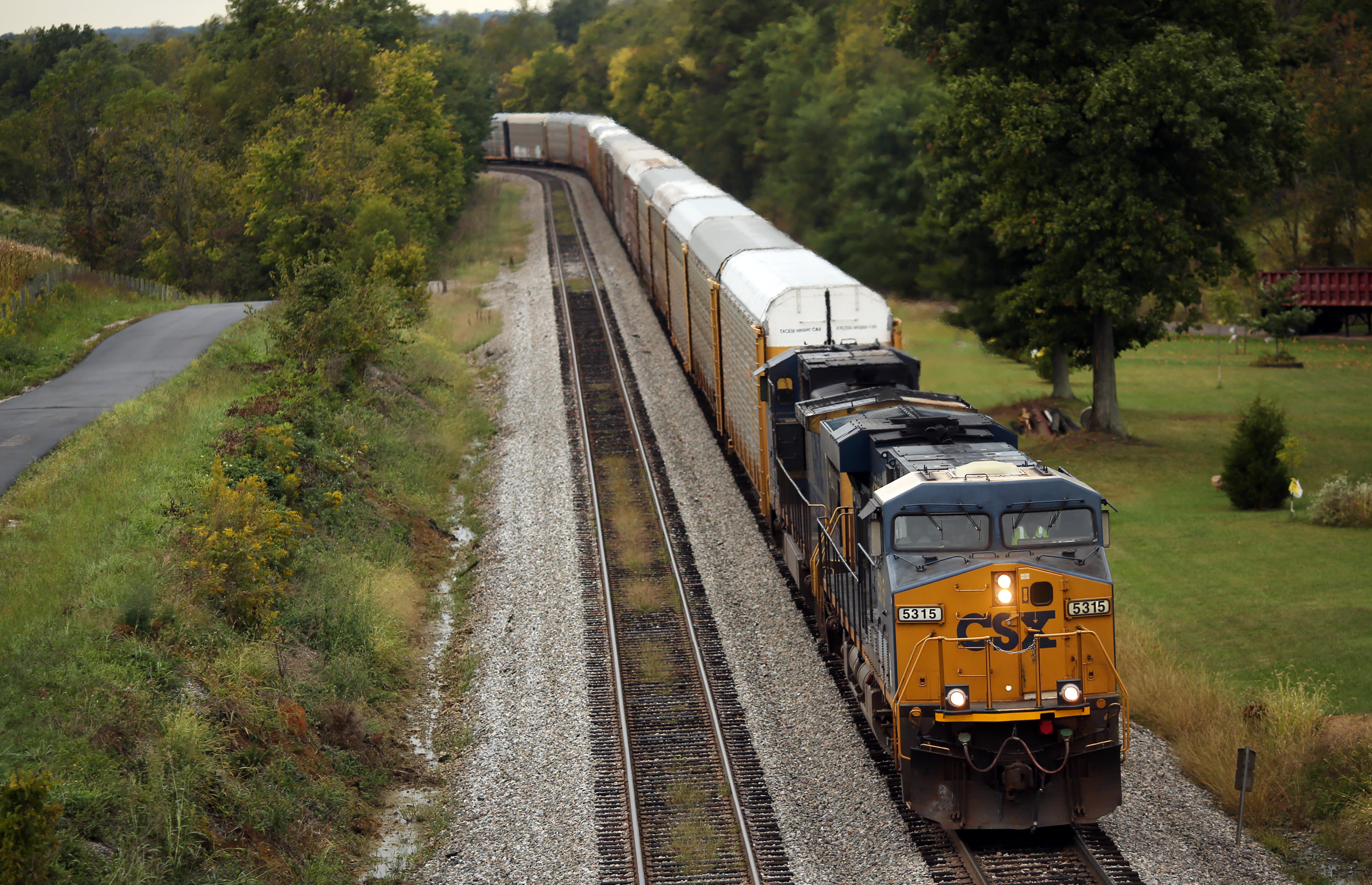
The United States lags behind the rest of the world when it comes to passenger trains, but when it comes to the freight railroad the U.S. dominates. The U.S. freight rail network operates over 140,000 miles of privately owned track in every state except Hawaii, according to the Association of American Railroads. It moves one-third of all U.S. exports and roughly 40% of long distance freight volume.
It competes directly with the trucking industry to move goods around the country, shipping everything from coal to cars to chemicals. With the rise of e-commerce companies like Amazon, trains are increasingly moving consumer goods as well.
There are seven major freight railroads that connect North America. Union Pacific and BNSF dominate the west. CSX and Norfolk Southern are the primary east coast operators, while Kansas City Southern, along with Canadian Pacific and Canadian National run routes north and south. Amtrak, which is the United State’s passenger service, owns only 3% of the country’s rail.
In 2019, the five top railroads in the U.S. had a total operating revenue of more than $71 billion dollars.
But the freight rail industry’s success has not come without its challenges. The industry has dealt with bankruptcies, the lack of demand for coal and the more recent supply chain bottlenecks and rise in thefts. The seven top railroads have also been criticized for their power over the rail industry.
Watch the video to learn how freight railroads became so profitable and how the industry plans to evolve to stay on top.



